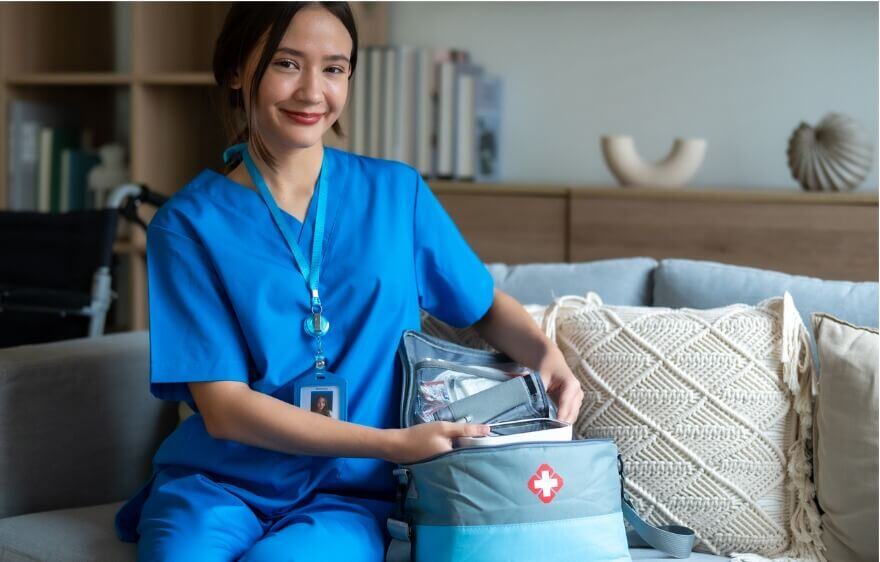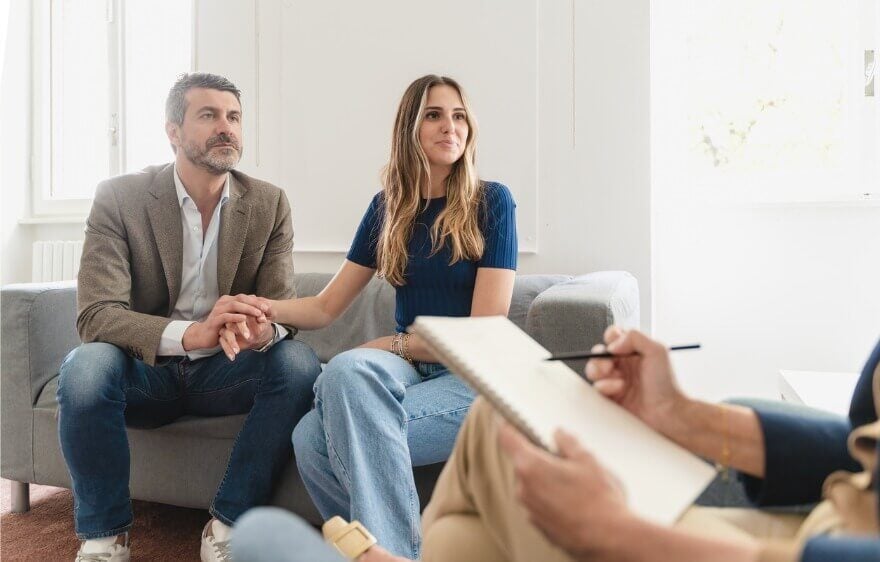Blog, News, & Resources

Subscribe to Updates here



- All Categories
- Pediatric Therapy
- School-Based Services
- Nursing Care
- Community
- Early Intervention
- Speech Therapy
- Occupational Therapy
- In-Home Therapy
- News
- Parent Articles
- Parents
- Tips & Advice
- Resources for Caregivers
- Home Care Therapy
- Pediatric Therapy Career
- Developmental Milestones
- Physical Therapy
- Tips and Tricks
- In-Home Speech
- Resources for Nurses
- home health care
- Alzheimer's and Dementia Care
- Telehealth Therapy
- Telemedicine
- Speech-Language Pathologist
- Extraordinary Kids
- preferredcares
- Patient Testimonial
- Pediatric Speech
- caregiver
- Nurses
- Activities
- Occupational Therapist
- Colorado
- Children
- Care Options for Kids
- Nurse
- SLP, Speech-Language Pathology, SLPA
- Students
- caregivers
- nursing
- Child Therapy
- School District
- telehealth
- Clinician
- Feeding Therapy
- OT
- teletherapy
- In-Home Pediatric Therapy
- Administration
- Companion Care
- Events & Giving Back
- Help
- Speech-Language Therapist
- Washington
- Health care
- Oregon
- Tips
- Work-Life Balance
- Arizona
- Family Caregiver Services
- Pediatric Telehealth
- Sleep
- caretaker
- information
- self-care
- support
- Colorado Therapy
- Family Caregiver
- Fine Motor Skills
- Health
- In-Home Occupational Therapy
- Pediatric OT
- Pediatric PT
- Registered Nurses
- Resources
- School
- Solace Pediatric Healthcare
- coronavirus
- quarantinelife
- Autism
- Autism & Behavioral
- Cerebral Palsy
- In-Home Physical Therapy
- SLP
- Sensory Processing Disorder
- exercise
- Career
- Families
- Family
- Family CNA
- Flu Shot
- Illness
- In-Home Support Services
- Nature
- New Jersey
- PT
- caregiving
- essentialworkers
- fitness
- healthy
- hobby
- holiday season
- home care
- home health nurse
- homehealthcare
- how to
- meditation
- new years
- resolutions
- workout
- Accessible Playground
- Cognitive Development
- Home Therapy
- Hospital
- In-Home Nursing
- LPNs
- Nurses Week
- Nutrition
- Payroll
- Pediatric Therapist
- Private Duty Nursing
- RNs
- Safety
- School Psychologist
- Sensory Integration
- Talent Acquisition
- Telehealth Speech Therapy
- Therapeutic Recreation
- Therapist
- Therapy
- apps
- avoid getting sick
- christmas
- cold
- coldandflu
- communicate
- communication
- compassion fatigue
- cookie swap
- emergency plan
- emotional fatigue
- essential oils
- fatigue
- flowers
- flu
- happiness spells
- happy healthy caregiver
- headspace
- health care professional
- healthy eating
- helpful
- holiday cheer
- home health care workers
- hygiene
- independent
- loved on
- maintain independence
- managing stress
- mindful breathing
- organization
- personal emergency response system
- podcasts
- practical
- relationship
- relaxing
- resource center
- skills
- spring
- summer
- transition
- tricks
- what to know
- writing skills
- 911
- ATAP
- Bike Ride
- COTA
- CPR
- Care Options for Kids Celebrations
- Children's Hospital Colorado
- Clinicians
- Co-Treat
- Continuity of Care
- Craigslist
- Developmental Delays
- EV
- Efficiency
- Electric Vehicles
- Emergency
- Epilepsy
- Evaluation
- Fleet
- Florida
- Food
- Friends
- Goodwill
- Grandparent
- Gross Motor Skills
- Handwriting
- Human Resources
- IHSS
- Idaho
- Impact
- Inclusive Playground
- Indoor Activities
- Jobs
- Johns Hopkins
- Lifesaver
- Mayo Clinic
- PDN
- Passion
- Pediatric Psychologist
- Play
- Premature Babies
- Psychology
- SPD
- School-Based Therapy
- Sibling
- Sponsorship
- Success Stories
- Teaching
- Texas
- Trauma
- VW ID.4
- Vaccinations
- Volkswagen
- WebMD
- West Valley School District
- Yakima
- aging
- aginginplace
- allergicrhinitis
- allergies
- allergytips
- alzheimers
- brainfoods
- brainhealth
- buy
- calming activities
- care case
- caregiver sos
- caregivers' circle
- carezone
- challenges
- checklist
- cheer
- christmas movies
- christmas season
- client

Home Health Bag Technique
March 25, 2025
Along with the many hats you wear as a nurse, a good nursing bag is your number one accessory! Nursing bags make high-quality care possible, but they...

Occupational Therapy for Dysgraphia
March 23, 2025
From difficulties forming letters to organizing thoughts on paper, writing challenges are a common source of frustration for children and parents...

Pediatric Nursing Books
March 21, 2025
Being a pediatric nurse is one of the most rewarding — and sometimes challenging — careers in healthcare. You’re not just providing care for children...

Occupational Therapy vs Speech Therapy
March 19, 2025
As a parent, you want nothing but the best for your child. You want your kiddo to be able to thrive in their daily activities, communicate...

Caring for a Child with Type 1 Diabetes
March 17, 2025
For parents and caregivers, caring for a child with Type 1 diabetes can feel overwhelming, especially when you’re first navigating the complexities...

Pediatric Occupational Therapy Resume
March 15, 2025
For OTs of any experience level, writing a pediatric occupational therapy resume can be both exciting and nerve-wracking. Whether you’re a recent...

Skills to Put On Resume for New Grad Nurse
March 13, 2025
Becoming a nurse is a major achievement, and as a new graduate, you’ve worked hard to earn your degree. But now comes the exciting yet daunting part:...

Occupational Therapy Interventions
March 11, 2025
Occupational therapy (OT) focuses on helping people achieve independence and participate fully in daily activities, or occupations, that are...

Myasthenia Gravis (MG)
March 9, 2025
When caring for a child with a complex health condition such as myasthenia gravis (MG), a strong support system is a cornerstone of care. When first...

SLP Burnout
March 7, 2025
Being a speech-language pathologist (SLP) can be an incredibly rewarding career. After all, every day, you dedicate yourself to improving the...

















